Home>Articles>How Long Does A New Refrigerator Take To Get Cold
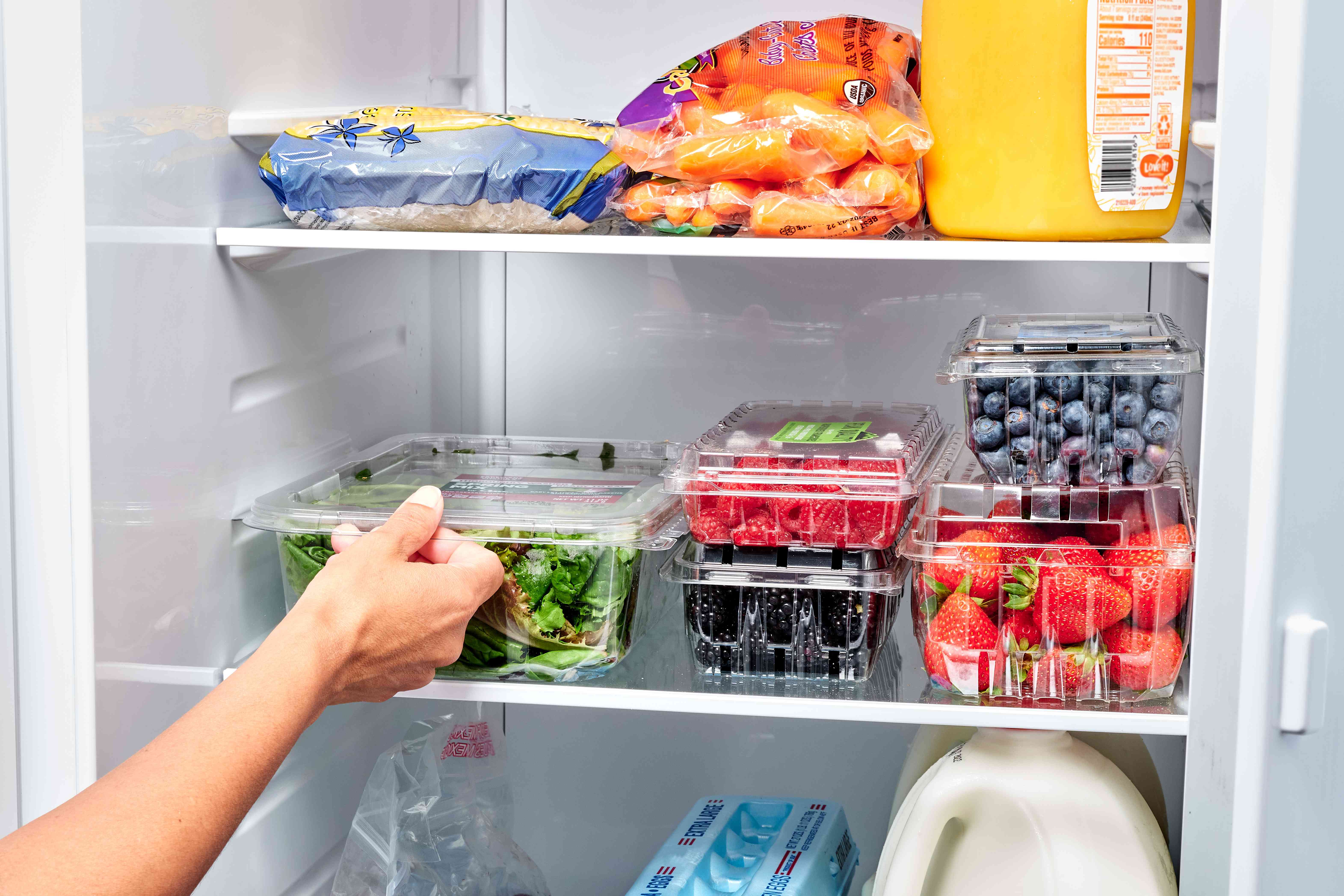

Articles
How Long Does A New Refrigerator Take To Get Cold
Modified: May 6, 2024
Find out how long it takes for a new refrigerator to get cold. Read our informative articles on refrigeration and learn everything you need to know.
(Many of the links in this article redirect to a specific reviewed product. Your purchase of these products through affiliate links helps to generate commission for Storables.com, at no extra cost. Learn more)
Introduction
When you purchase a new refrigerator, one of the questions that often comes up is how long it will take for the refrigerator to get cold. This is an important consideration, especially if you need to store perishable items or want to enjoy a refreshing cold drink as soon as possible.
The cooling time of a new refrigerator can vary depending on several factors, including the temperature setting, the type of refrigerator, and the initial cooling time. Understanding these factors can help you manage your expectations and make the most out of your new appliance.
In this article, we will explore the various factors that affect the cooling time of a new refrigerator and provide you with some practical tips to help reduce the cooling time. So, let’s dive in and find out how long it takes for a new refrigerator to get cold!
Key Takeaways:
- Understanding the factors affecting refrigerator cooling time, such as ambient temperature and initial room temperature, can help manage expectations and optimize the appliance’s performance.
- Implementing practical tips, like setting the temperature correctly and avoiding overloading, can reduce refrigerator cooling time, improve efficiency, and maintain food freshness.
Factors Affecting Refrigerator Cooling Time
The cooling time of a refrigerator is influenced by several factors that play a role in the efficiency of the cooling process. Understanding these factors can help you manage your expectations and make informed decisions when it comes to setting up your new refrigerator. Here are some key factors that can affect the cooling time:
- Ambient Temperature: The temperature of the surrounding environment can impact how long it takes for a refrigerator to cool down. If the room is hot, it will take longer for the refrigerator to reach the desired temperature.
- Initial Room Temperature: If the refrigerator was stored in a hot environment or was transported in a non-air-conditioned vehicle, it may take longer to cool down. This is because the initial temperature of the refrigerator’s interior will be closer to the ambient temperature.
- Size and Capacity: The size and capacity of the refrigerator can affect cooling time. Larger refrigerators generally take longer to cool down compared to smaller ones, as there is more space to cool and maintain a consistent temperature.
- Placement of the Refrigerator: The location of the refrigerator within your home can also impact its cooling time. If the refrigerator is placed near a heat source, such as a stove or direct sunlight, it may take longer to cool down.
- Frequency of Door Opening: The more frequently you open the refrigerator door, the longer it will take to cool down. This is because each time you open the door, warm air from the surroundings enters the refrigerator, causing it to work harder to maintain the desired temperature.
- Level of Refrigerator Fullness: A refrigerator that is more fully stocked tends to cool down faster. The items inside the refrigerator help absorb and retain the cool air, reducing the overall cooling time.
It’s important to note that while these factors can impact the cooling time of a refrigerator, the exact duration can vary depending on the specific model and brand as well. It’s always a good idea to refer to the manufacturer’s instructions and guidelines for more accurate information.
Temperature Setting and Cooling Time
The temperature setting of your refrigerator plays a significant role in determining the cooling time. Most refrigerators come with a temperature control dial or digital display that allows you to adjust the desired cooling level. Setting the temperature too high or too low can affect how long it takes for the refrigerator to cool down.
If you set the temperature too high, the refrigerator may take longer to reach the desired cooling level. Conversely, setting the temperature too low might cause the refrigerator to overwork, leading to a longer cooling time as well. It’s important to find the optimal temperature setting recommended by the manufacturer. This is usually around 37 to 40 degrees Fahrenheit (2 to 4 degrees Celsius) for the refrigerator compartment.
Additionally, it’s crucial to avoid frequently adjusting the temperature settings once you have set them initially. Constantly changing the temperature can disrupt the cooling cycle and extend the cooling time. Remember to give the refrigerator some time to adjust to the new temperature setting before expecting it to reach the desired cooling level.
Furthermore, it’s recommended not to overload the refrigerator with too many items, as this can impact its ability to cool effectively. Ensuring proper airflow inside the refrigerator by organizing items neatly and efficiently can help enhance the cooling efficiency and reduce the overall cooling time.
By taking these factors into consideration and setting the temperature appropriately, you can optimize the cooling time of your refrigerator and ensure efficient and effective cooling for your food and beverages.
Type of Refrigerator and Cooling Time
The type of refrigerator you have can also affect the cooling time. Different types of refrigerators have varying cooling mechanisms and insulation properties, which can impact how quickly they cool down. Here are a few common types of refrigerators and their cooling time considerations:
- Standard Single-Door Refrigerators: These are the most common type of refrigerator found in households. They typically have a single door for both the refrigerator and freezer compartments. Standard single-door refrigerators generally have a faster cooling time compared to other types due to their compact size and efficient cooling systems.
- Double-Door Refrigerators: Also known as top-freezer or bottom-freezer refrigerators, double-door refrigerators have separate compartments for the refrigerator and freezer. The cooling time for double-door refrigerators is usually slightly longer than single-door refrigerators due to the larger size and increased insulation required for the separate compartments.
- French Door Refrigerators: French door refrigerators feature two side-by-side doors for the refrigerator compartment and a bottom freezer drawer. These refrigerators have a longer cooling time compared to standard single-door or double-door refrigerators due to the larger capacity and the need to cool multiple compartments.
- Side-by-Side Refrigerators: Side-by-side refrigerators have two vertical doors that open from the middle, with the refrigerator on one side and the freezer on the other. Cooling time for side-by-side refrigerators can vary, but they typically have a longer cooling time compared to single-door refrigerators due to the larger size and having separate sides for the refrigerator and freezer.
It’s important to note that the cooling time can also depend on the specific model and brand of the refrigerator, as they may have different cooling mechanisms and insulation properties. Some high-end models may have advanced cooling features and faster cooling times compared to basic models.
When purchasing a new refrigerator, it’s always a good idea to consider the type that suits your needs and preferences while also considering the cooling time that aligns with your requirements and expectations.
The time it takes for a new refrigerator to get cold can vary, but generally, it can take up to 24 hours for the refrigerator to reach its optimal temperature. To speed up the process, you can set the temperature to the coldest setting and avoid opening the door frequently.
Initial Cooling Time for a New Refrigerator
When you bring home a new refrigerator, it’s important to understand that it will take some time to reach its optimal cooling performance. The initial cooling time for a new refrigerator can vary depending on several factors, including the ambient temperature, initial room temperature, and the specific model and brand. Here are some key points to keep in mind:
1. Manufacturer’s Guidelines: It’s recommended to refer to the manufacturer’s guidelines and instructions that accompany the refrigerator. These guidelines often provide an estimate of the initial cooling time and offer specific recommendations to achieve efficient and effective cooling.
2. Temperature Stabilization: After plugging in the refrigerator and setting the initial temperature, it may take anywhere from 3 to 24 hours for the refrigerator to stabilize and reach its desired cooling level. During this time, the refrigerator’s cooling system works to remove the initial heat and bring the interior temperature down to the set level.
3. Patience is Key: It’s important to be patient during the initial cooling period. Avoid overloading the refrigerator with items or constantly opening and closing the doors. Allow the refrigerator to run uninterrupted for the recommended initial cooling time to ensure optimal performance.
4. Temperature Monitoring: To gauge the progress of the cooling process, you can use a refrigerator thermometer to monitor the interior temperature. This will give you a clearer indication of how long it takes for your specific refrigerator model to cool down to the desired temperature range.
5. Avoid Placing Hot Items: To help expedite the initial cooling time, avoid placing hot or warm items directly into the refrigerator. Allowing these items to cool to room temperature before placing them inside will reduce the workload on the refrigerator’s cooling system.
6. External Factors: External factors such as the ambient temperature and the initial room temperature can impact the initial cooling time. If the surrounding environment is warm, it may take longer for the refrigerator to cool down. Similarly, if the refrigerator was stored or transported in a hot environment, it will require additional time to reach its optimal cooling performance.
By adhering to the manufacturer’s guidelines, being patient, and taking measures to optimize the cooling process, you can ensure that your new refrigerator reaches its optimal cooling performance within the recommended timeline.
Tips to Reduce Refrigerator Cooling Time
If you’re looking to reduce the cooling time of your refrigerator and improve its efficiency, there are several practical tips you can follow. By implementing these strategies, you can help your refrigerator reach its desired cooling level more quickly and ensure the freshness of your food. Here are some helpful tips to consider:
- Set the Temperature Correctly: Ensure that you set the temperature of your refrigerator to the recommended level, typically between 37 to 40 degrees Fahrenheit (2 to 4 degrees Celsius) for the refrigerator compartment. Setting the temperature too low or too high can impact cooling time and energy consumption.
- Avoid Overloading: Do not overload your refrigerator with too many items. Overcrowding can restrict airflow and impede the cooling process. Keep the refrigerator well-organized and make sure there is enough space for proper air circulation.
- Don’t Open the Door Frequently: Avoid opening the refrigerator door unnecessarily or for extended periods. Each time the door is opened, warm air enters the refrigerator, causing it to work harder to regain the desired temperature. Limiting door openings will help reduce cooling time.
- Allow Hot Foods to Cool: Before placing hot or warm food items in the refrigerator, allow them to cool down to room temperature. Placing hot items directly into the refrigerator can increase the internal temperature and prolong the cooling time.
- Check the Door Seals: Inspect the door seals regularly to ensure they are clean and in good condition. Damaged or loose door seals can cause cool air to escape, leading to longer cooling times. Replace any faulty seals to maintain proper insulation.
- Regularly Clean the Coils: Dust and debris can accumulate on the refrigerator’s condenser coils over time, affecting its cooling efficiency. Clean the coils regularly to ensure optimal performance and shorter cooling times.
- Avoid Placing the Refrigerator near Heat Sources: Keep the refrigerator away from direct sunlight, stoves, or other heat-emitting appliances. Heat sources can increase the ambient temperature around the refrigerator, causing it to work harder and prolonging the cooling time.
- Consider Pre-Cooling Items: If you need to store perishable items that need to be kept cold immediately, consider pre-cooling them in your freezer or an ice bath before transferring them to the refrigerator. This can help reduce the cooling time required for those specific items.
By following these tips, you can optimize the cooling time of your refrigerator, reduce energy consumption, and maintain the freshness of your food. Remember to refer to the manufacturer’s instructions and guidelines specific to your refrigerator model for more customized tips and recommendations.
Conclusion
Understanding the factors that affect the cooling time of a new refrigerator is crucial for managing expectations and making the most out of your appliance. Factors such as ambient temperature, initial room temperature, temperature settings, refrigerator type, and initial cooling time all play a role in determining how quickly your refrigerator will reach its optimal cooling performance.
By following some practical tips, like setting the temperature correctly, avoiding overloading, minimizing door openings, and allowing hot foods to cool before placing them in the refrigerator, you can help reduce the cooling time and improve the efficiency of your appliance. Regular maintenance, such as cleaning the coils and checking the door seals, also contributes to faster cooling times and overall enhanced performance.
While the initial cooling time for a new refrigerator can vary depending on the specific model and brand, it’s essential to be patient and allow it the recommended time to stabilize and reach the desired temperature range. Referring to the manufacturer’s guidelines and instructions will provide you with valuable insights and best practices specific to your refrigerator model.
Remember, a well-functioning refrigerator not only ensures the freshness of your food but also contributes to energy efficiency. By implementing the tips discussed in this article and being mindful of how you use and maintain your refrigerator, you can optimize its cooling time, reduce energy consumption, and enjoy the benefits of a efficiently performing appliance.
In conclusion, with proper understanding of the factors at play, proactive maintenance, and a few smart strategies, you can make sure your new refrigerator gets cold efficiently and keeps your food fresh for longer periods of time.
Curious about maintaining your fridge's efficiency after sorting out its initial cool-down? Learn how to set your fridge's temperature for optimal freshness and longevity in our guide on refrigerator temperature settings. Additionally, if cutting down on utility bills is on your mind, our tips on energy saving with air conditioners will help you keep cool without breaking the bank. Both guides are packed with practical advice to make your home more energy-efficient and your appliances run smoother.
Frequently Asked Questions about How Long Does A New Refrigerator Take To Get Cold
Was this page helpful?
At Storables.com, we guarantee accurate and reliable information. Our content, validated by Expert Board Contributors, is crafted following stringent Editorial Policies. We're committed to providing you with well-researched, expert-backed insights for all your informational needs.
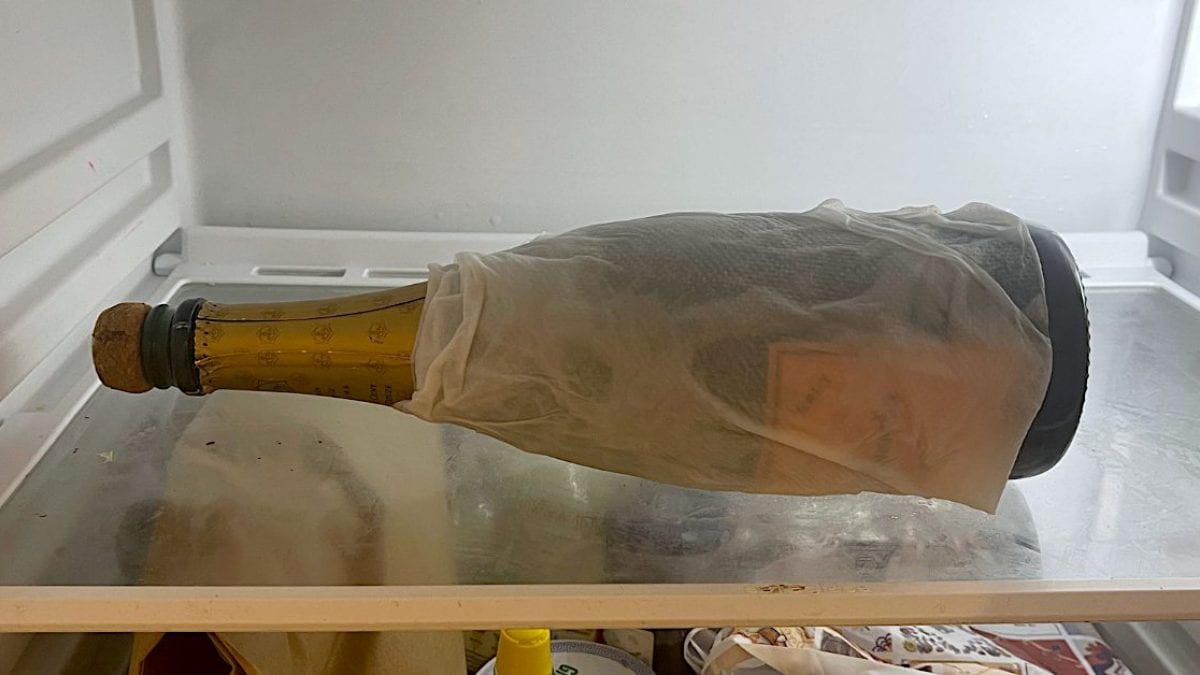
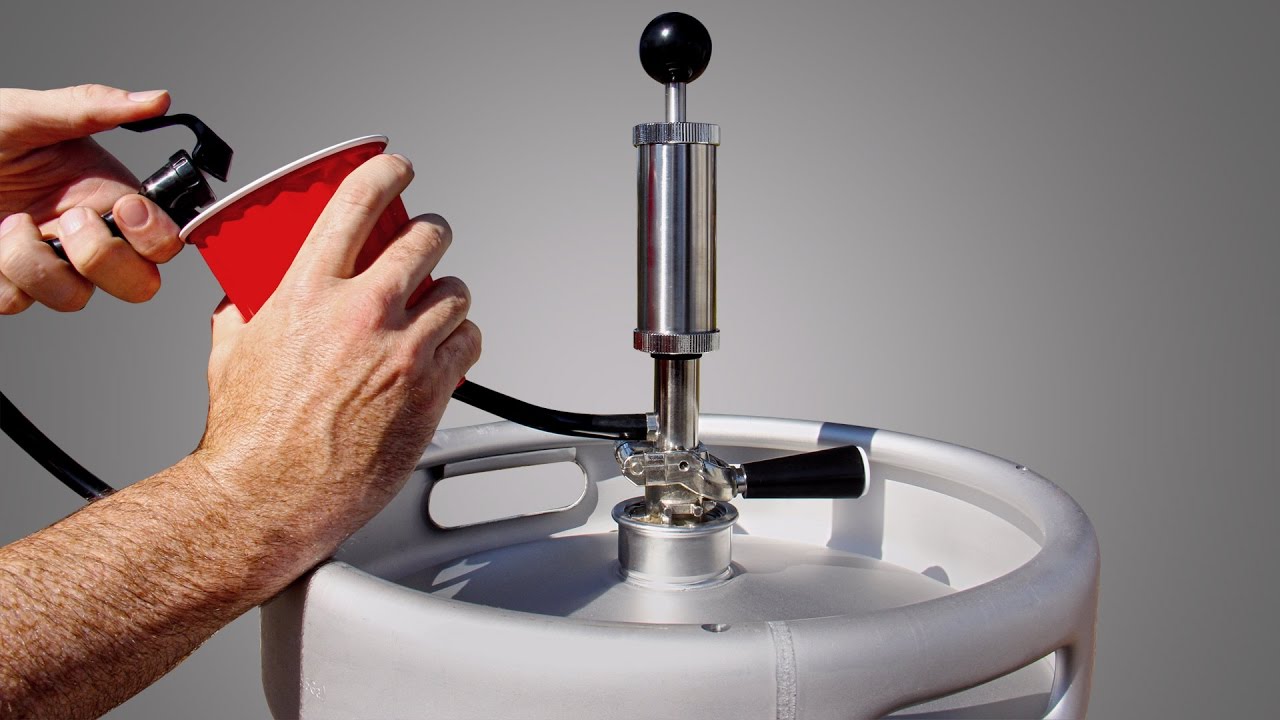
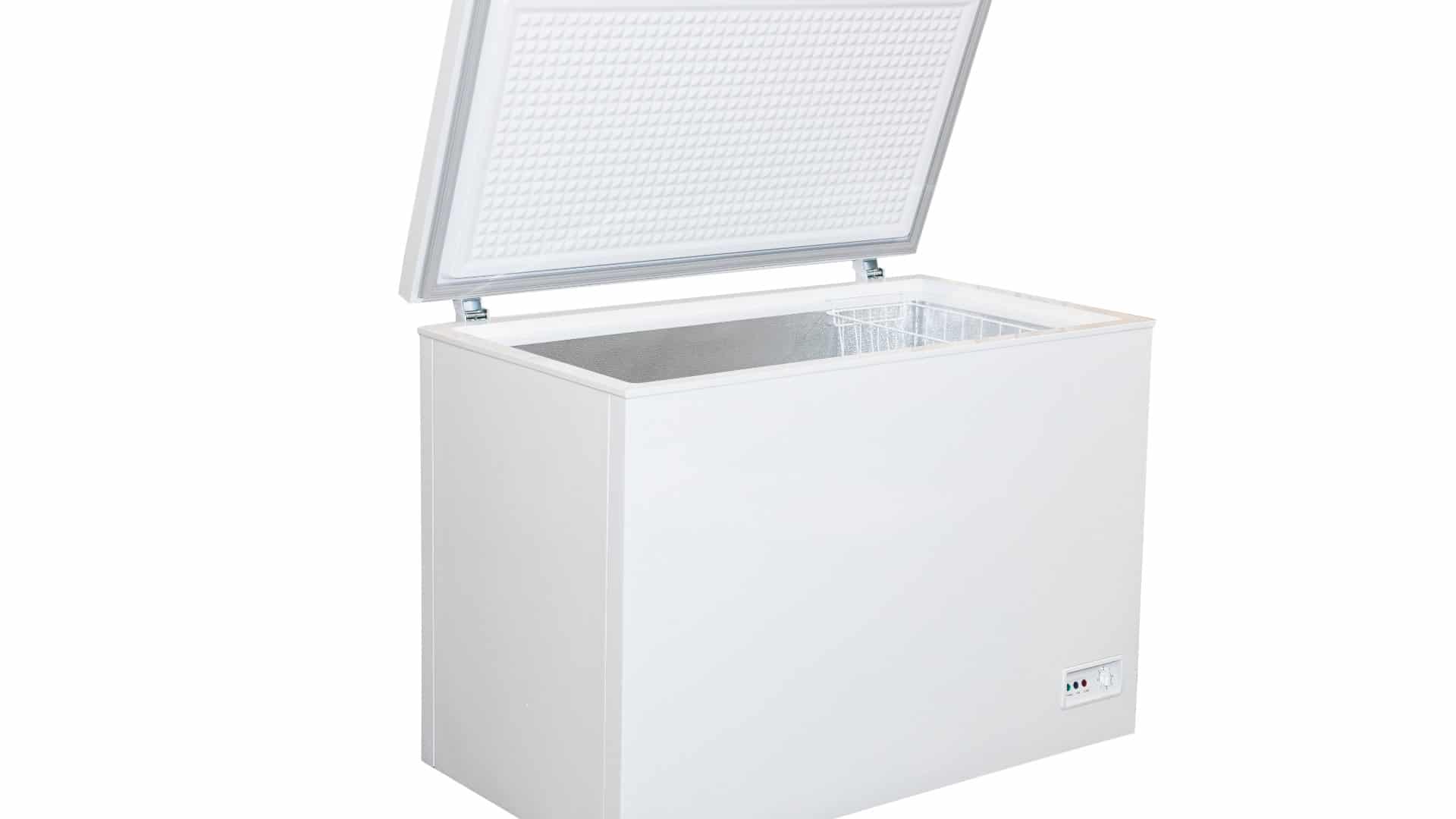
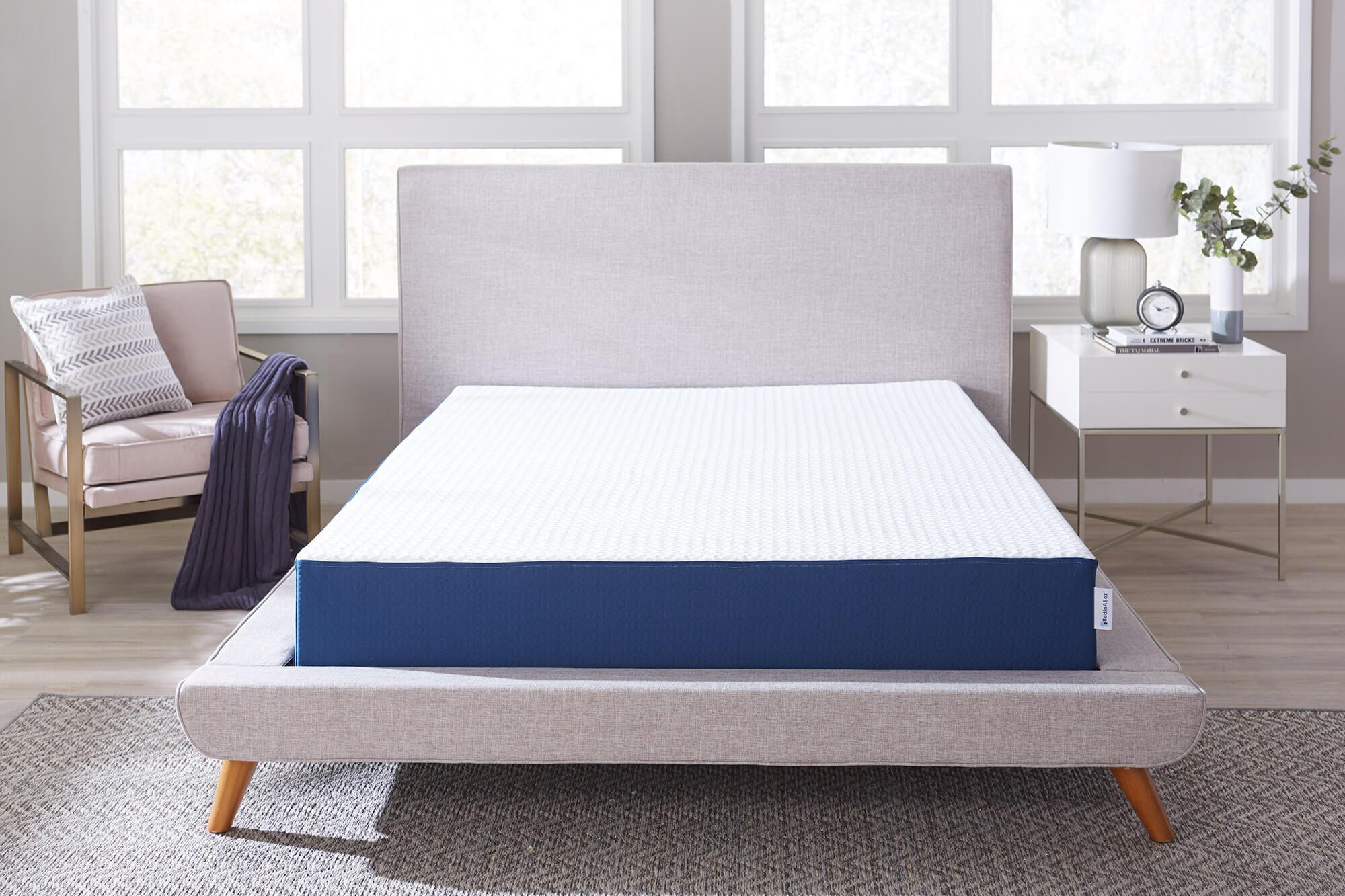
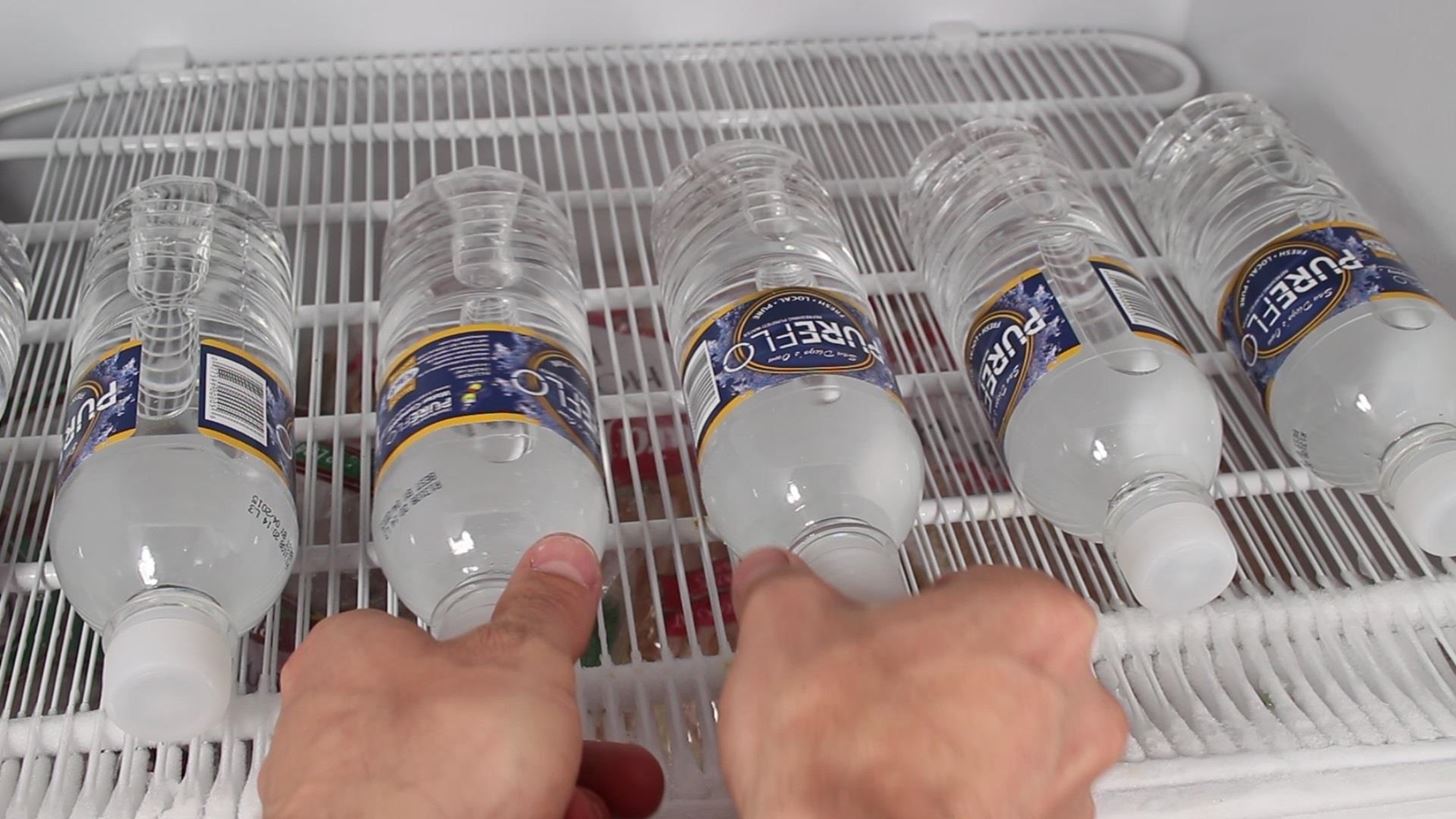
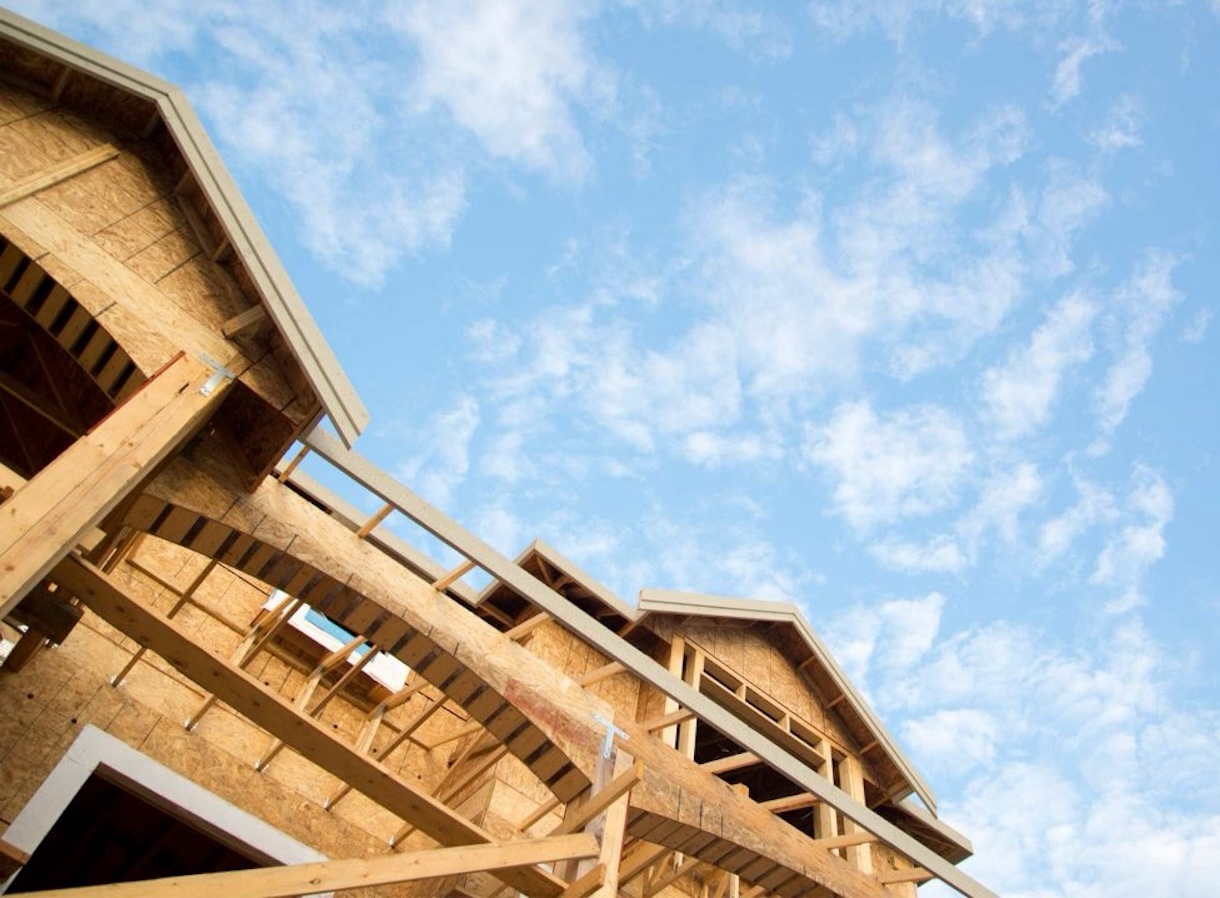


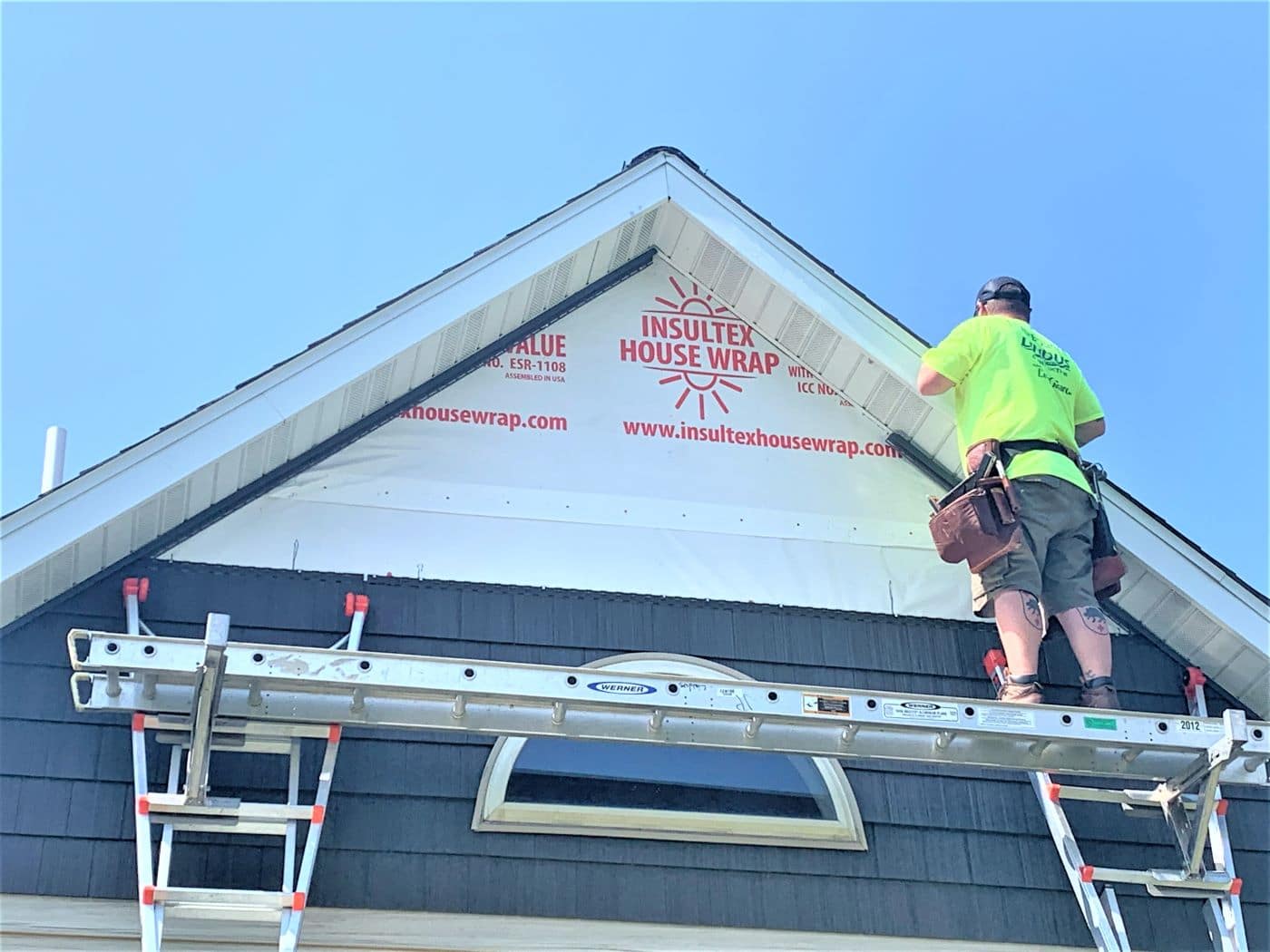
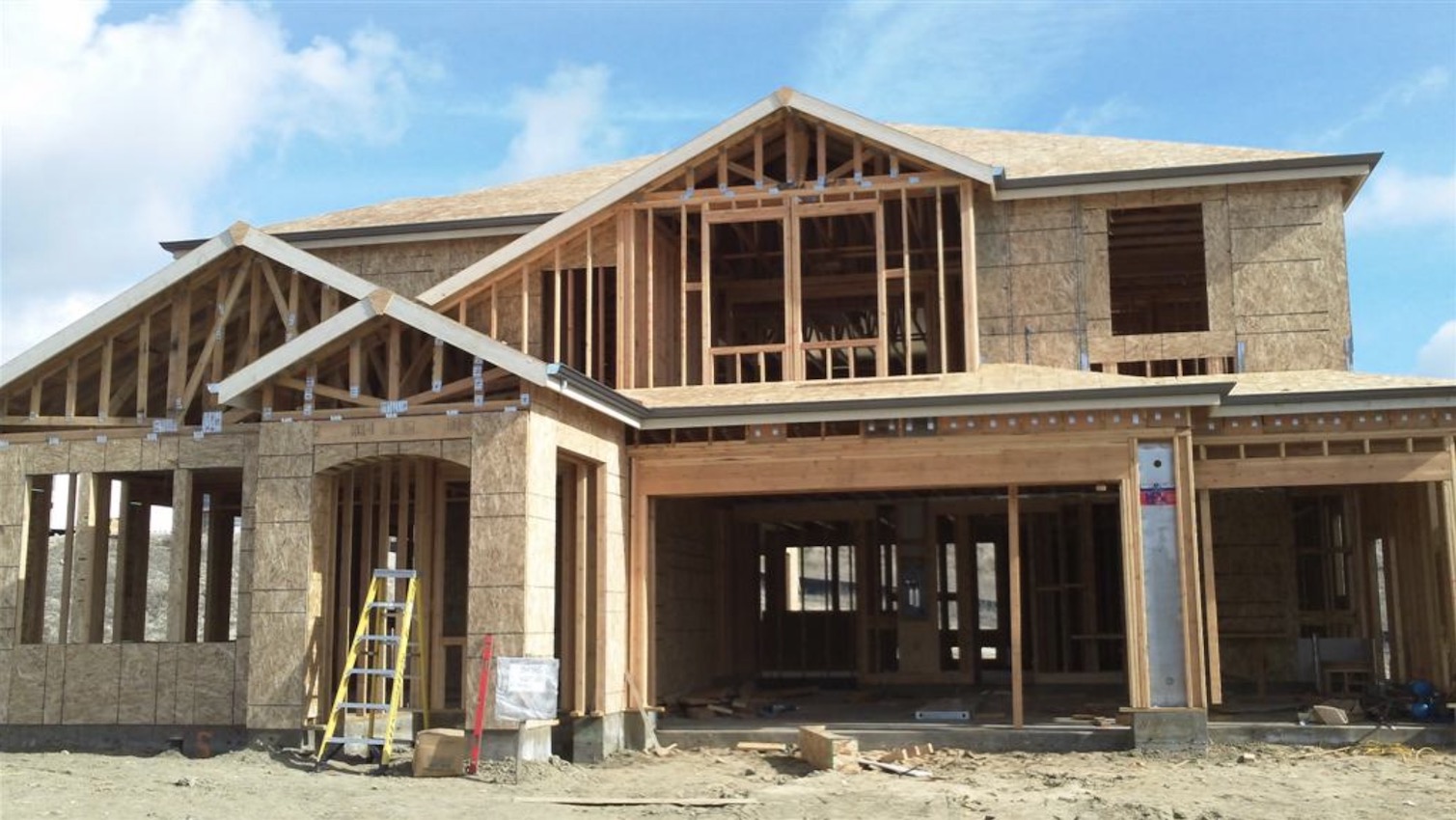
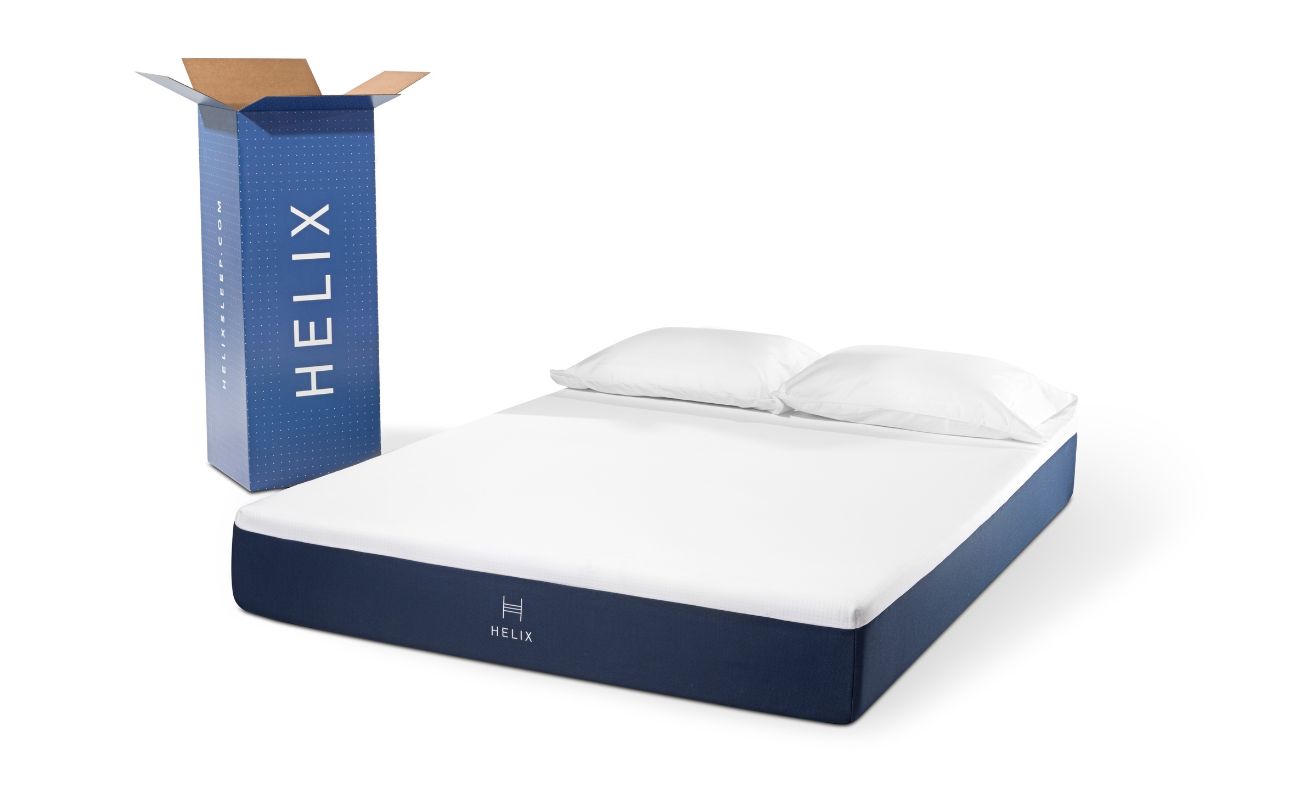
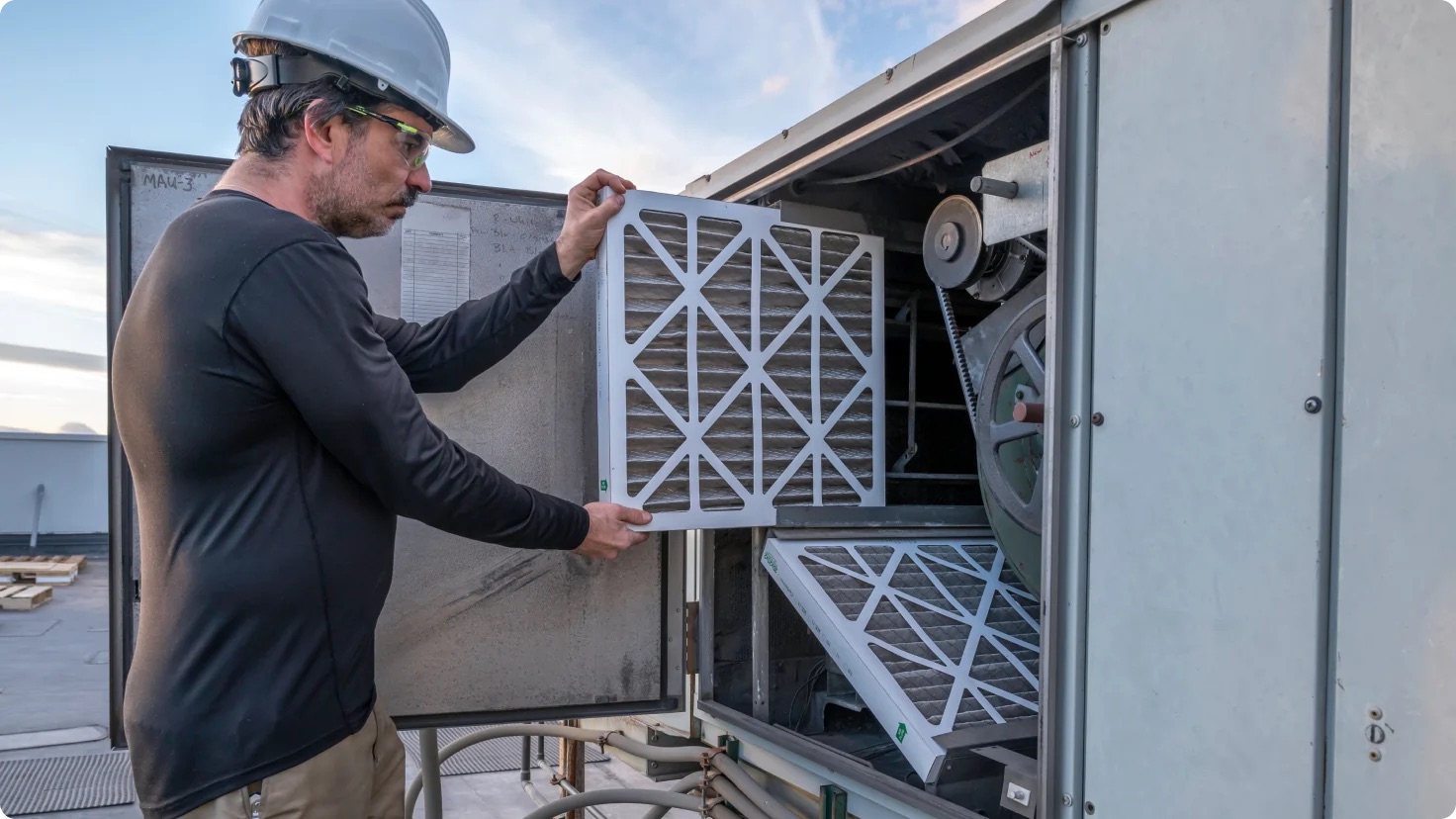
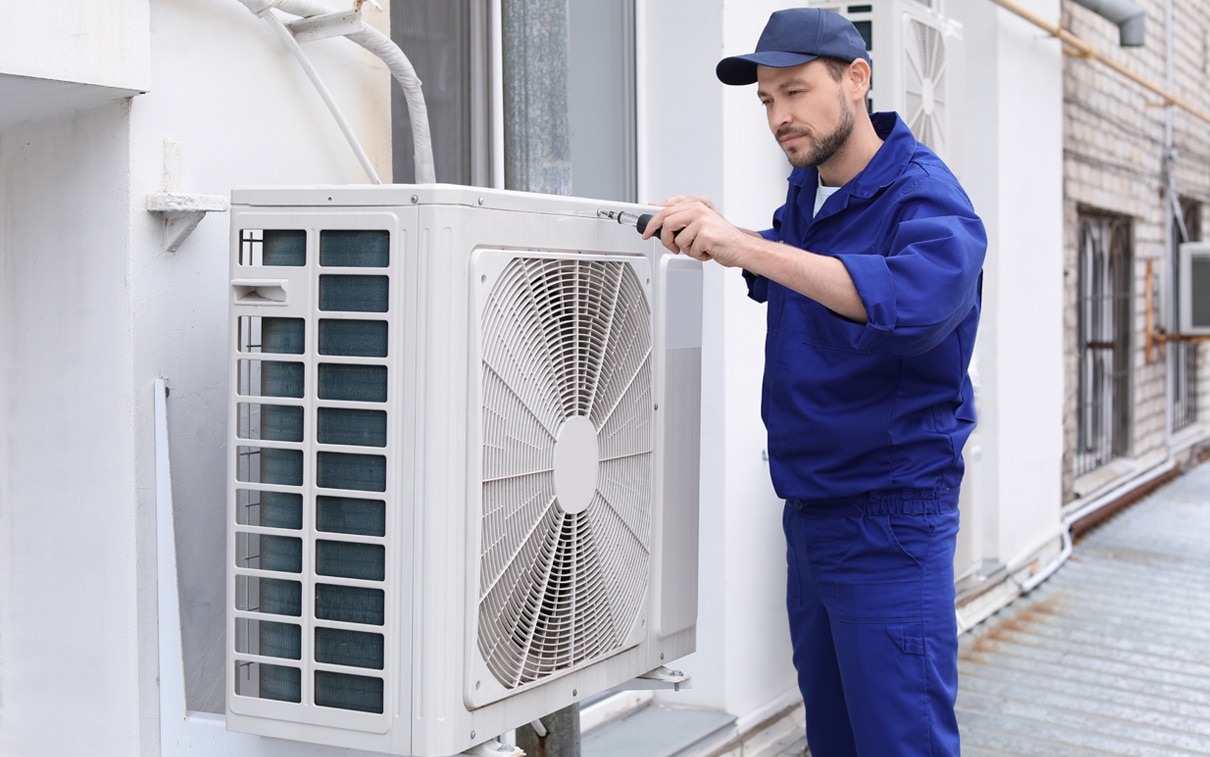
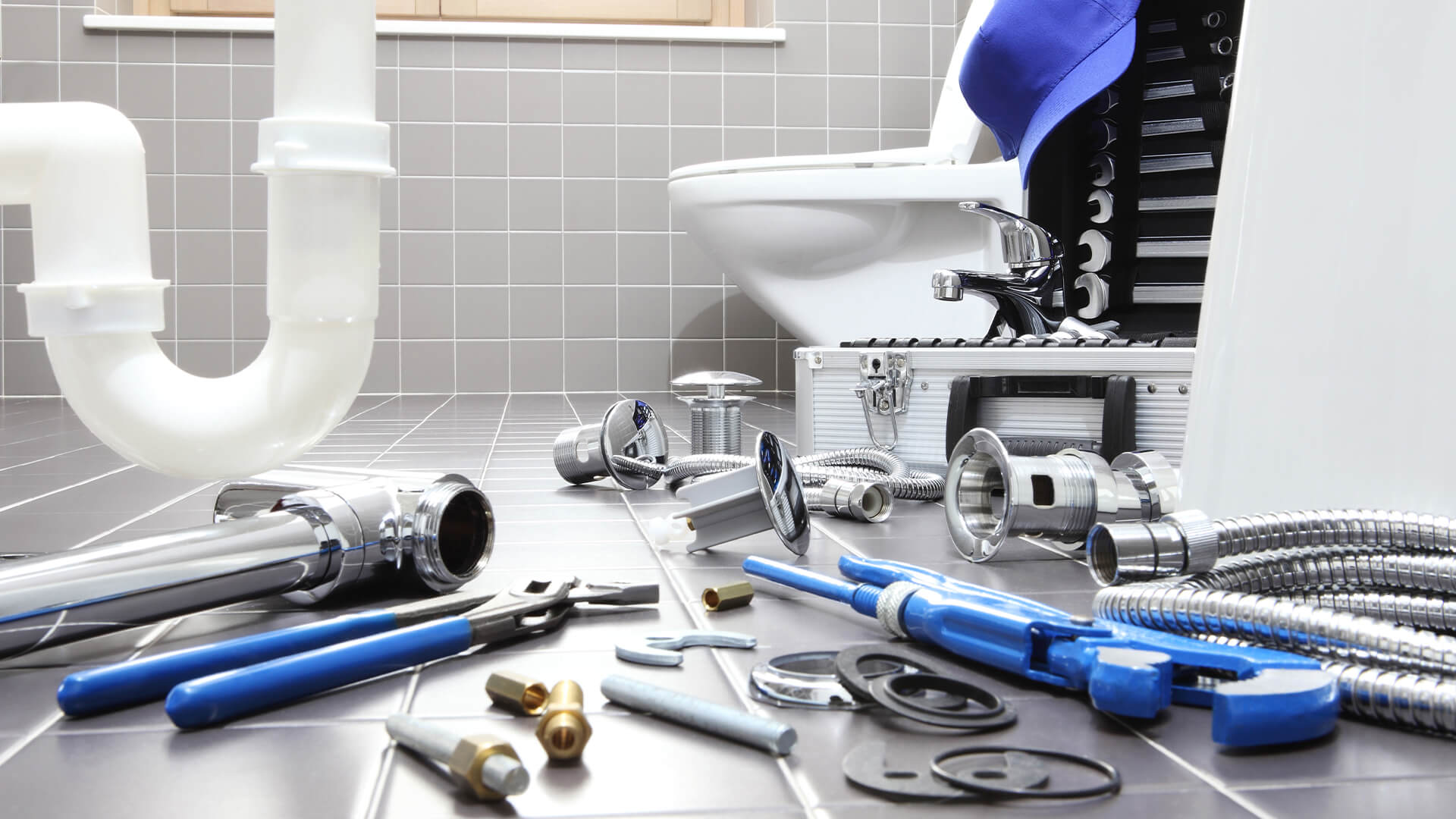

0 thoughts on “How Long Does A New Refrigerator Take To Get Cold”